Table of Contents
Introduction
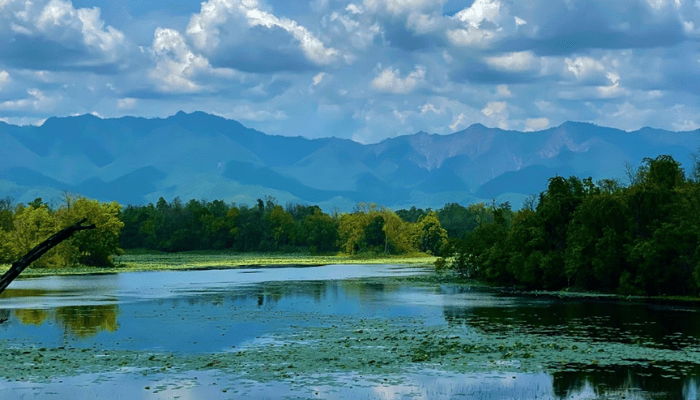
Nestled in the Sudurpashchim Province of far-western Nepal, Ghodaghodi Lake is a breathtaking natural wonder that combines ecological richness, cultural heritage, and serene beauty. This pristine freshwater lake, surrounded by lush forests and vibrant wildlife, is a must-visit destination for nature lovers, birdwatchers, and adventure seekers. Whether you’re looking to immerse yourself in nature, explore local culture, or simply unwind in a tranquil setting, Ghodaghodi Lake offers something for everyone.
7 Unmissable Reasons to Visit Ghodaghodi Lake
1. A Biodiversity Hotspot
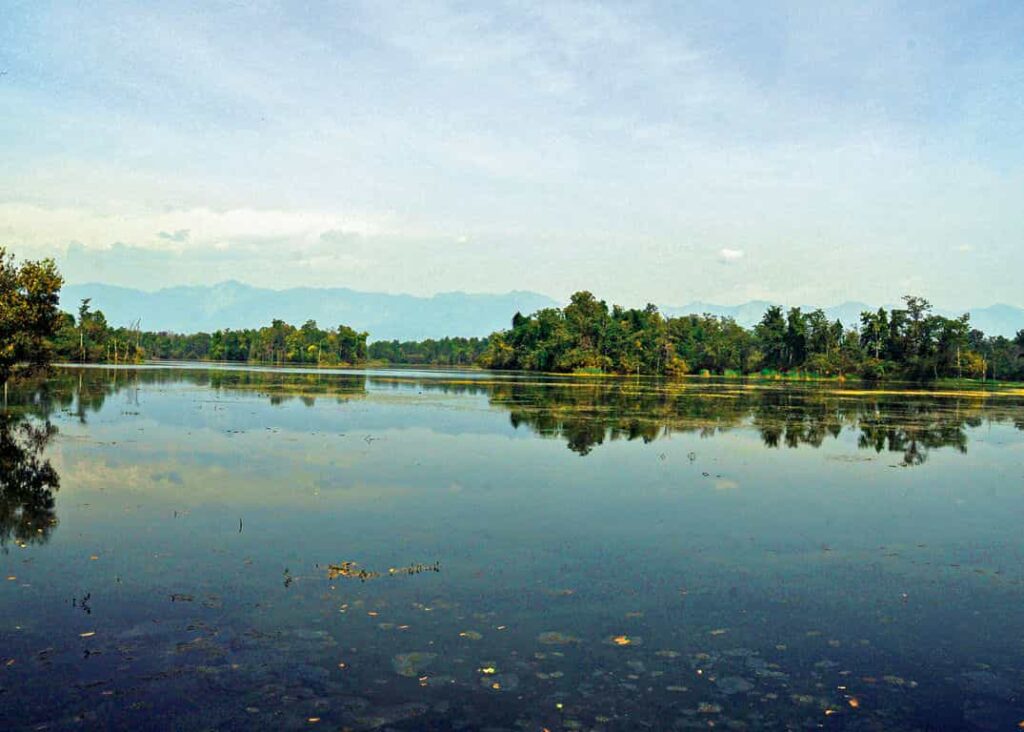
Ghodaghodi Lake is a haven for biodiversity, making it a paradise for wildlife enthusiasts and nature lovers. The lake and its surrounding wetlands are home to over 200 species of birds, including migratory species that use the area as a stopover during their long journeys. Birdwatchers can spot herons, storks, cormorants, and even rare migratory ducks and geese.
The lake is also a habitat for a variety of mammals, including spotted deer, wild boar, rhesus monkeys, and even leopards. Reptiles like the marsh mugger crocodile and various snake species add to the area’s rich wildlife. The lake’s aquatic ecosystem supports over 20 species of fish, making it a vital resource for local communities.
2. Rich Cultural Heritage
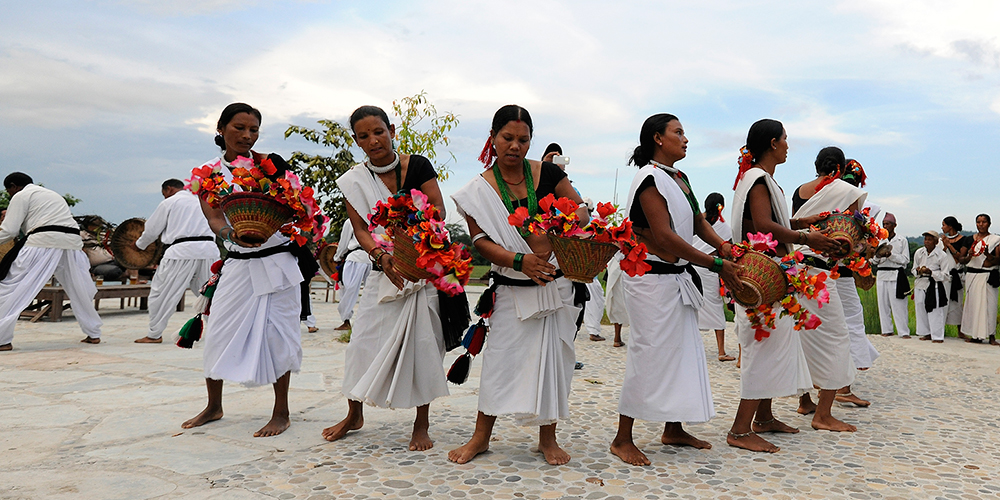
Ghodaghodi Lake holds deep cultural significance for the indigenous Tharu community, who have lived in the area for centuries. According to local legends, the lake was formed by the hoofprints of divine horses, earning it the name “Ghodaghodi” (Lake of Horses). This mythological connection adds a layer of mystique to the lake’s natural beauty.
The Tharu people celebrate festivals like Jitiya at the lake, where they perform rituals and traditional dances. The lake’s waters are also used for ceremonial bathing during these festivals, reflecting its spiritual importance. Visitors can immerse themselves in Tharu culture by interacting with local communities and learning about their traditions and way of life.
3. Ramsar Wetland Site
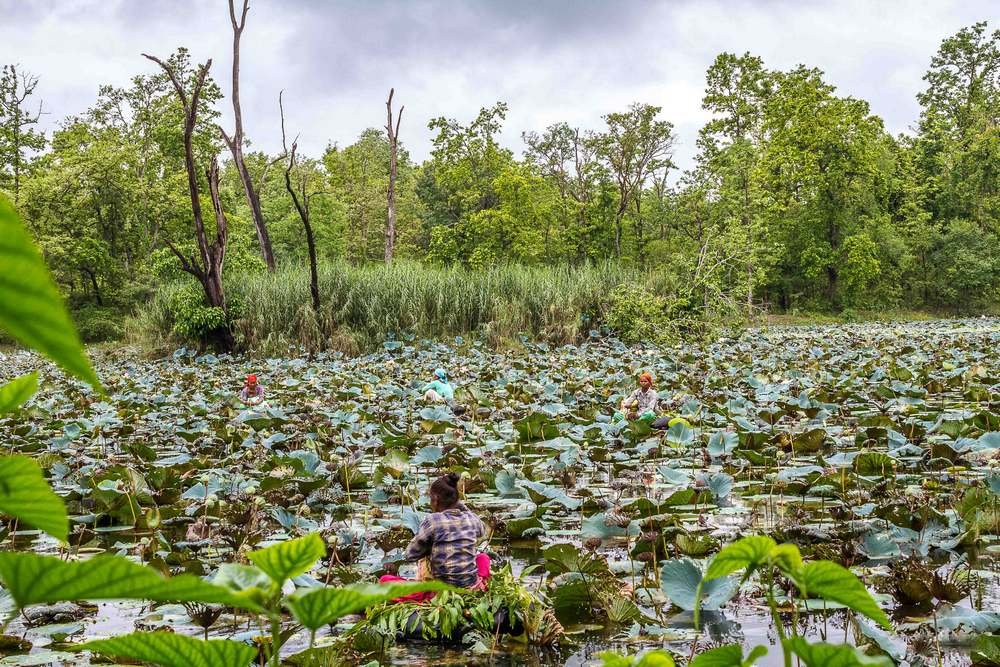
In 2003, Ghodaghodi Lake was designated as a Ramsar Wetland of International Importance, recognizing its ecological value and the need for its conservation. The lake and its surrounding wetlands are part of the larger Ghodaghodi Lake Complex, which includes several smaller lakes and marshes.
This protected status ensures the preservation of the lake’s unique flora and fauna, making it a model for sustainable tourism and environmental conservation. Visitors can witness the efforts of local and international organizations working to protect this vital ecosystem.
4. Scenic Beauty and Serenity
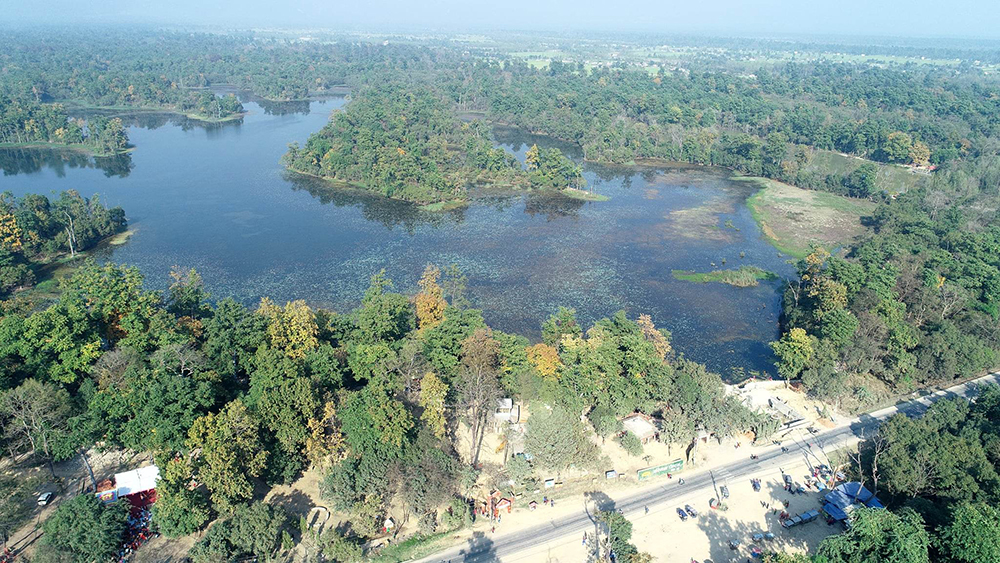
With its tranquil waters, lush greenery, and picturesque surroundings, Ghodaghodi Lake offers a peaceful escape from the hustle and bustle of city life. The reflections of the sky and trees on the lake’s surface create a mesmerizing view, perfect for photography and relaxation.
The lake is surrounded by subtropical forests featuring trees like sal, silk cotton, and sissoo, which add to its natural charm. The serene ambiance of the area makes it an ideal spot for meditation, yoga, or simply unwinding in nature.
5. Birdwatching Paradise
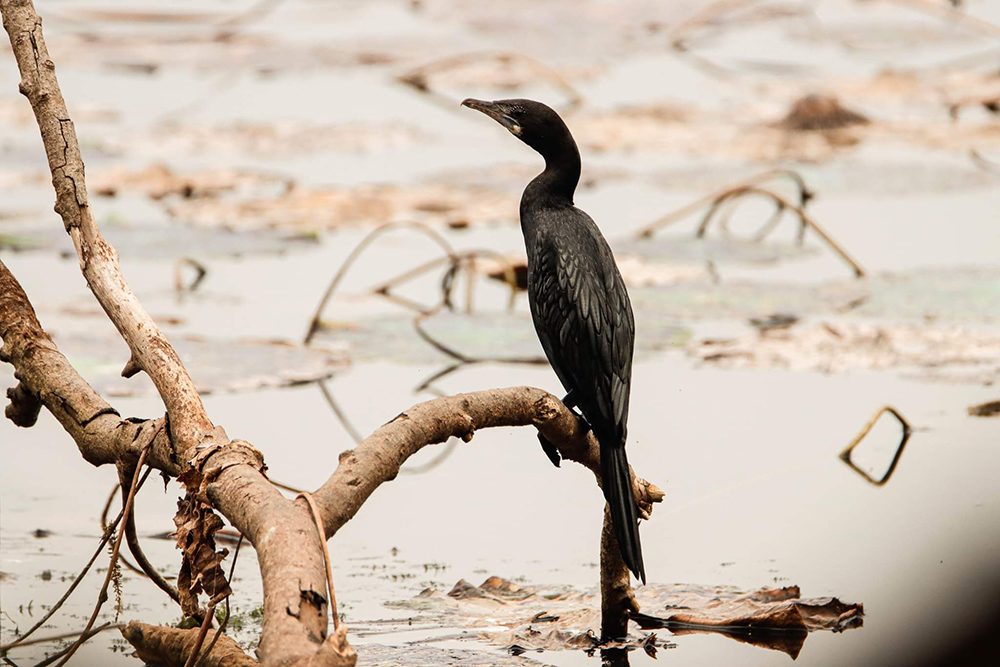
As an Important Bird Area (IBA), Ghodaghodi Lake is a prime destination for birdwatchers. The lake attracts a wide variety of resident and migratory birds, especially during the winter months when species from as far as Siberia and Central Asia visit the area.
Early morning birdwatching walks or boat tours offer incredible opportunities to spot rare and colorful birds. Whether you’re an avid birder or a casual nature enthusiast, the lake’s avian diversity is sure to leave you in awe.
6. Adventure and Activities
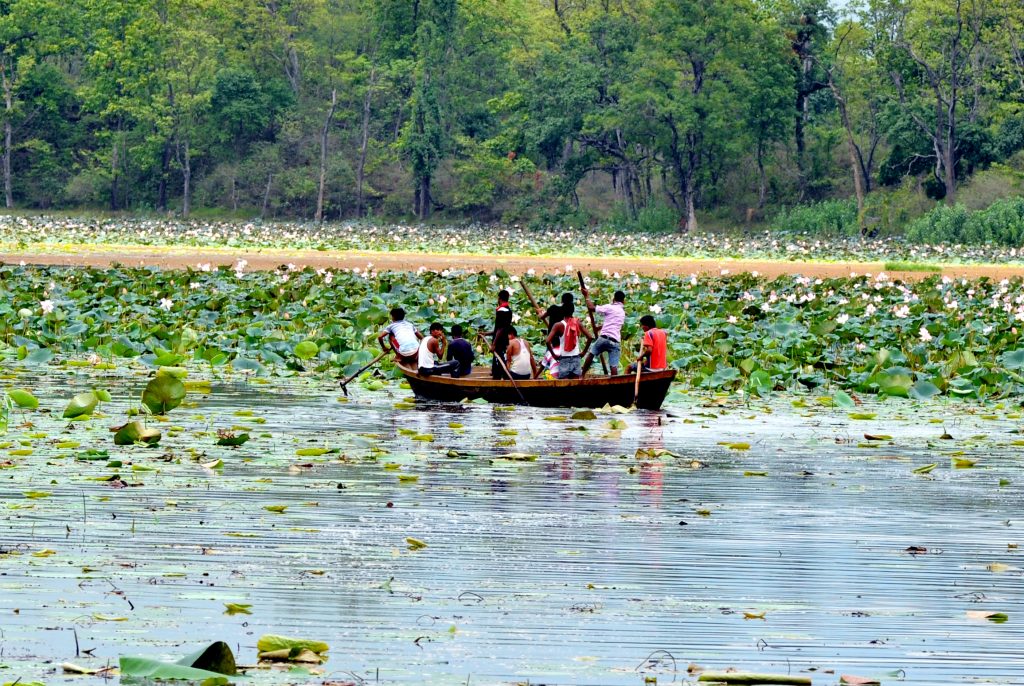
Ghodaghodi Lake offers a range of activities for visitors of all ages. Boating on the serene waters is a must-do experience, with options for rowboats, pedal boats, and motorboats. The calm waters and scenic surroundings make boating a relaxing and enjoyable activity.
For those who love hiking, the area features nature trails that wind through the forests and wetlands, offering stunning views of the lake and its surroundings. A short trek to the nearby Sukarmukhi Waterfall is another popular activity, providing a refreshing escape into nature.
History enthusiasts can explore the Rani Mahal Palace, a historic site built during the Rana regime, which adds a touch of royal charm to the area.
7. Sustainable Tourism
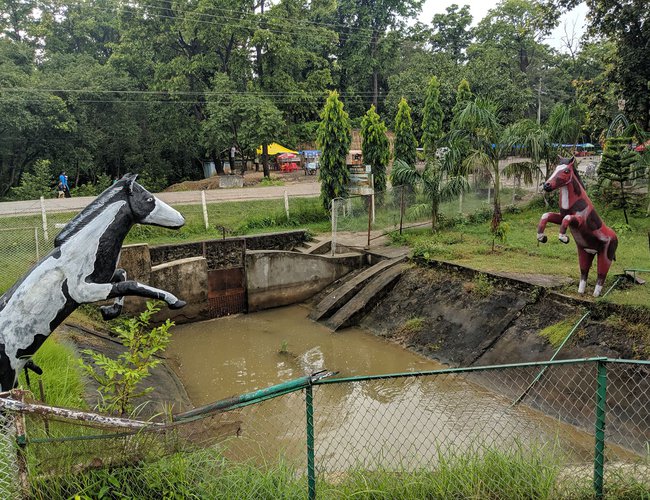
Ghodaghodi Lake is part of the Ghodaghodi Lake Area Conservation Project, which promotes sustainable tourism and environmental preservation. By visiting the lake, you contribute to the conservation efforts and support local communities.
The project focuses on protecting the lake’s ecosystem from threats like overgrazing, deforestation, and invasive species. Visitors are encouraged to follow eco-friendly practices, such as avoiding littering and respecting wildlife, to ensure the lake’s beauty and biodiversity are preserved for future generations.
Best Time to Visit Ghodaghodi Lake
The ideal time to visit Ghodaghodi Lake is during the autumn (September to November) and winter (December to February) months. During this period, the weather is pleasant, with clear skies and comfortable temperatures ranging from 15°C to 30°C.
This is also the best time for birdwatching, as migratory birds flock to the lake. The lush greenery after the monsoon season adds to the area’s scenic beauty, making it perfect for photography and outdoor activities.
Flora and fauna
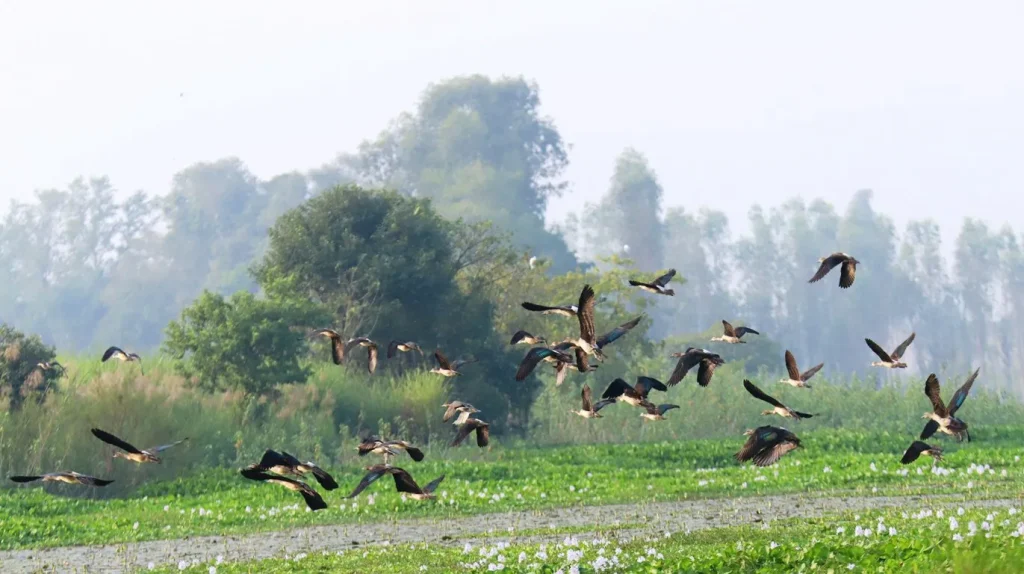
Flora
- Aquatic vegetation: The lake supports rich aquatic flora including submerged, floating, and emergent vegetation like water lilies, lotus, hydrilla, and various algal forms.
- Forest trees: The surrounding forests have trees like sal (Shorea robusta), silk cotton (Bombax ceiba), sissoo (Dalbergia sissoo), and sisau (Dalbergia latifolia) among others.
- Wetland plants: Reeds, rushes, sedges, and grasses are abundant in the marshy wetland areas around the lake.
Fauna
- Birds: Over 200 species of resident and migratory birds have been recorded, making it an Important Bird Area (IBA). Species include ducks, geese, storks, herons, cormorants and waders.
- Mammals: Spotted deer, barking deer, wild boar, rhesus monkey, common leopard, fishing cat, jungle cat, otters.
- Reptiles: Marsh mugger crocodile, Indian python, rat snake, common cobra among other snake species.
- Fish: The lake supports over 20 species of fish like rohu, catla, mrigal, and various carp varieties.
- Amphibians: Frogs and toads are commonly found in wetland habitats.
- Invertebrates: Molluscs, dragonflies, butterflies, and other insect species are abundant.
The rich biodiversity, especially the variety of birdlife, is a major attraction of Ghodaghodi Lake. Conservation efforts aim to protect this biodiverse wetland ecosystem and its inhabitants from threats like poaching, overgrazing, and invasive species.
How to Reach Ghodaghodi Lake
Located near the city of Dhangadhi in far-western Nepal, Ghodaghodi Lake is easily accessible by road. From Kathmandu or Nepalgunj, you can take a scenic drive to the lake, enjoying the picturesque landscapes of Nepal’s western region along the way.
For international travelers, the nearest airport is in Dhangadhi, which is well-connected to major cities in Nepal. From Dhangadhi, the lake is just a short drive away, making it a convenient destination for a day trip or a longer stay.
Nearby Attractions
While visiting Ghodaghodi Lake, don’t miss out on exploring the surrounding attractions:
- Sukarmukhi Waterfall: A stunning waterfall located a few kilometers from the lake, perfect for a refreshing trek.
- Rani Mahal Palace: A historic palace built during the Rana regime, offering a glimpse into Nepal’s royal history.
- Tharu Cultural Village: Experience the traditions and lifestyle of the indigenous Tharu community.
Final Thoughts: A Natural and Cultural Treasure
Ghodaghodi Lake is more than just a wetland; it’s a destination that offers a unique blend of natural beauty, wildlife, and cultural heritage. Whether you’re a nature enthusiast, a birdwatcher, or a cultural explorer, this hidden gem in Nepal promises an unforgettable experience.
Plan your trip to Ghodaghodi Lake today and immerse yourself in the wonders of Nepal’s far-western region. With its serene ambiance, rich biodiversity, and cultural significance, Ghodaghodi Lake is truly a treasure waiting to be discovered.
FAQs
What is Ghodaghodi Lake famous for?
Ghodaghodi Lake is renowned for its rich biodiversity, cultural significance, and status as a Ramsar Wetland Site.
Can I go boating on Ghodaghodi Lake?
Yes, boating is a popular activity on the lake, offering a serene way to explore its beauty.
What is the best time to visit Ghodaghodi Lake?
The best time to visit is during autumn and winter (September to February) for pleasant weather and birdwatching opportunities.
Are there accommodations near Ghodaghodi Lake?
Yes, there are several lodges and resorts near the lake that offer comfortable stays amidst nature.
Your adventure to Ghodaghodi Lake awaits – a journey of nature, culture, and discovery!
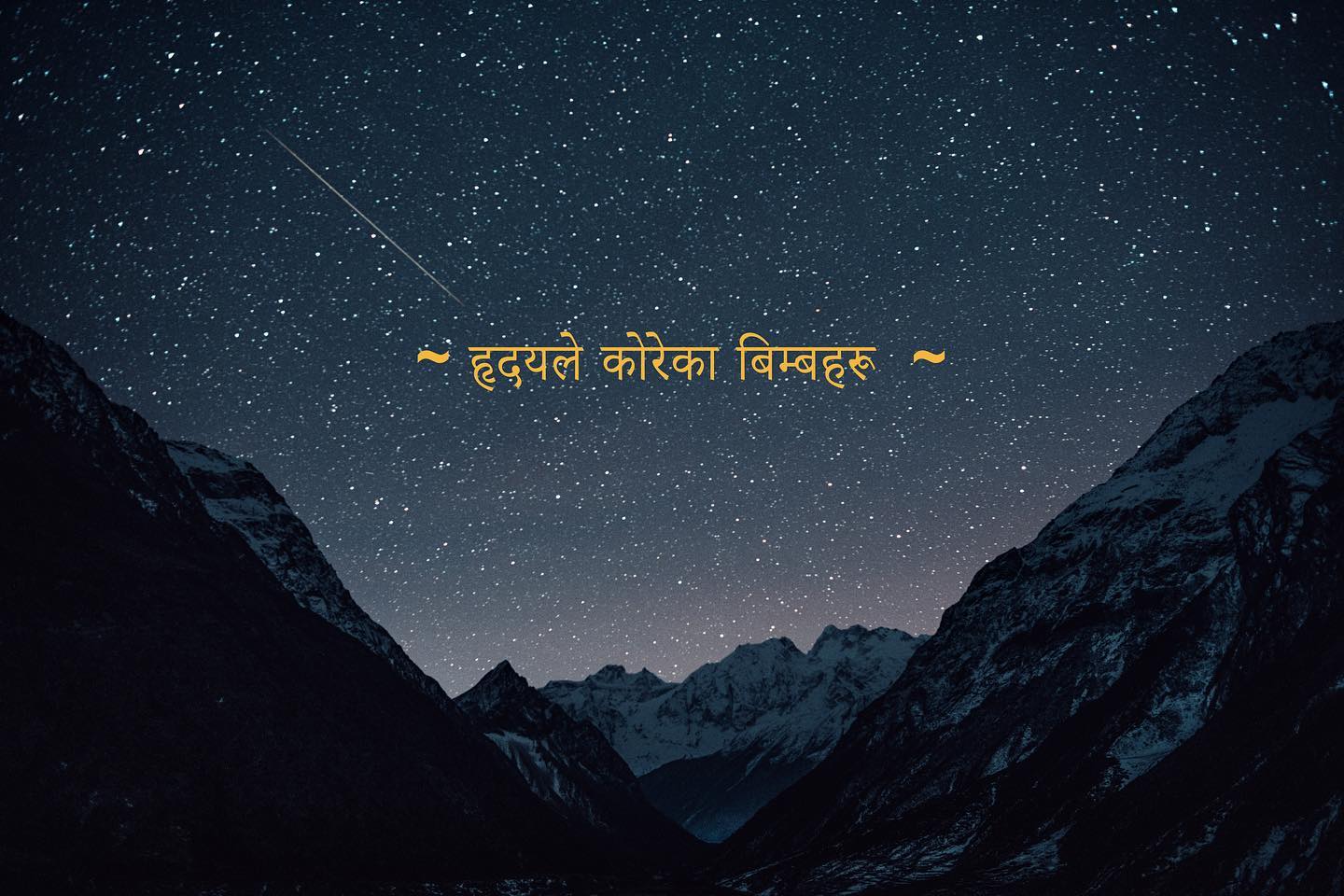
Leave a Reply